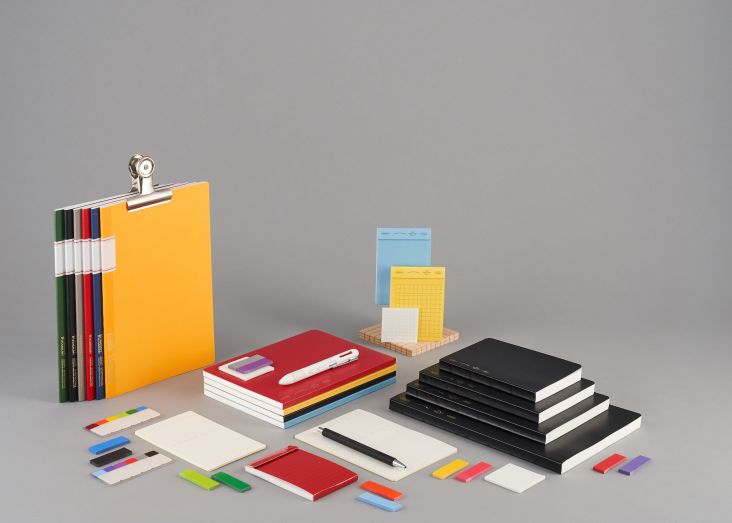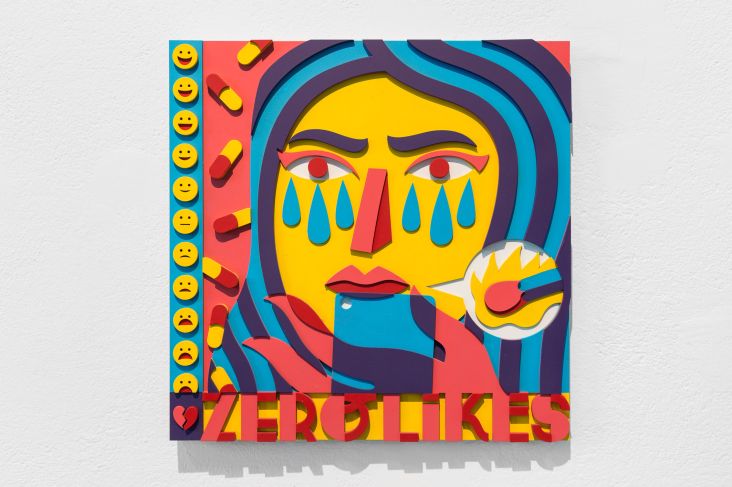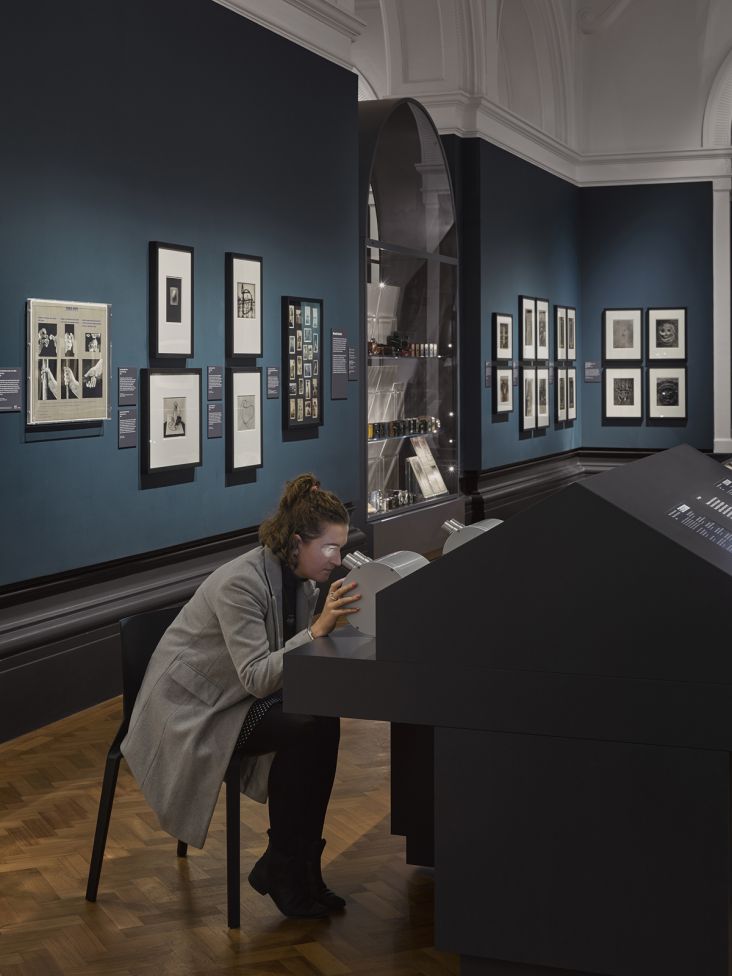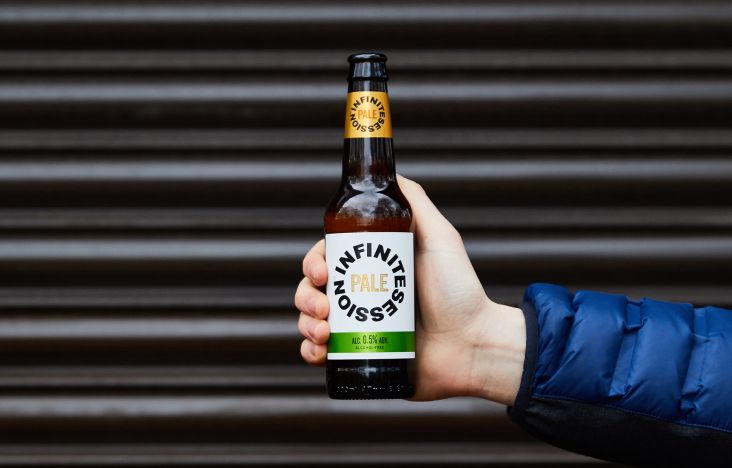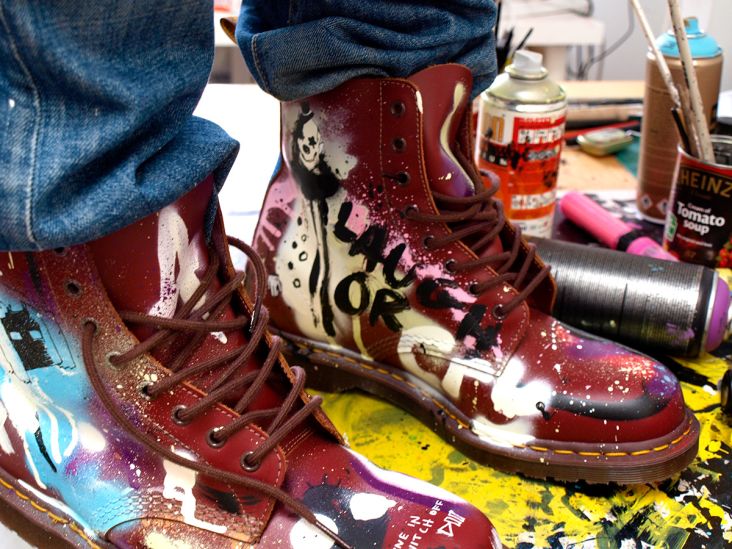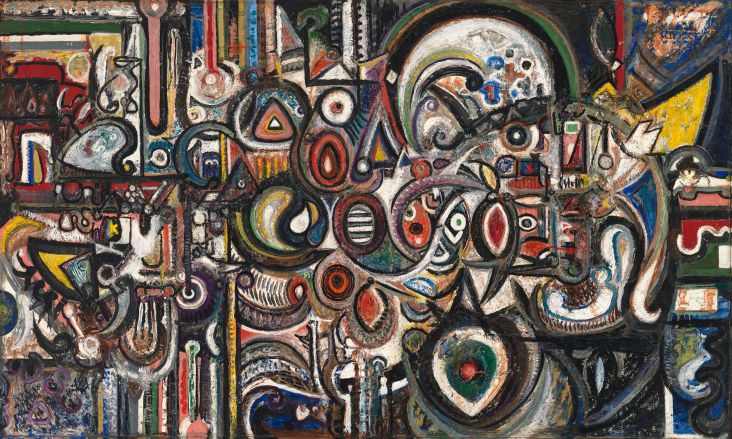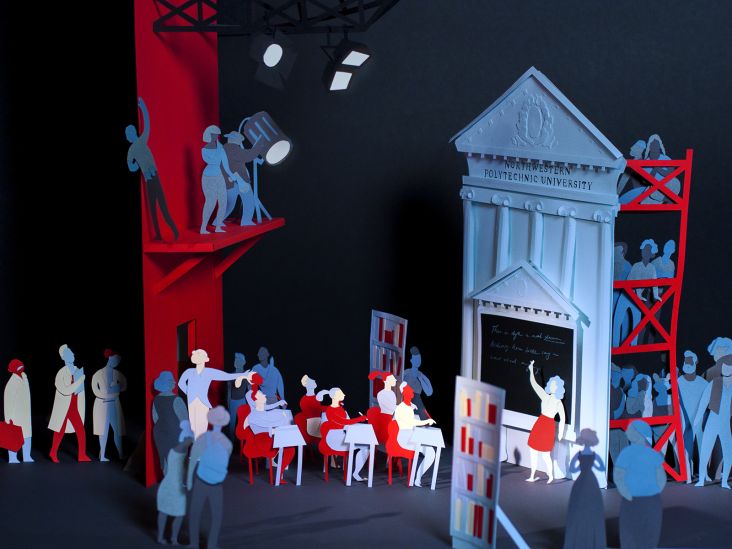Living Colour: Lee Krasner’s spirit for invention celebrated in new exhibition
A pioneer of Abstract Expressionism and one of the few women to have had a solo show at New York’s Museum of Modern Art, American artist Lee Krasner’s importance has often been eclipsed by her marriage to Jackson Pollock.
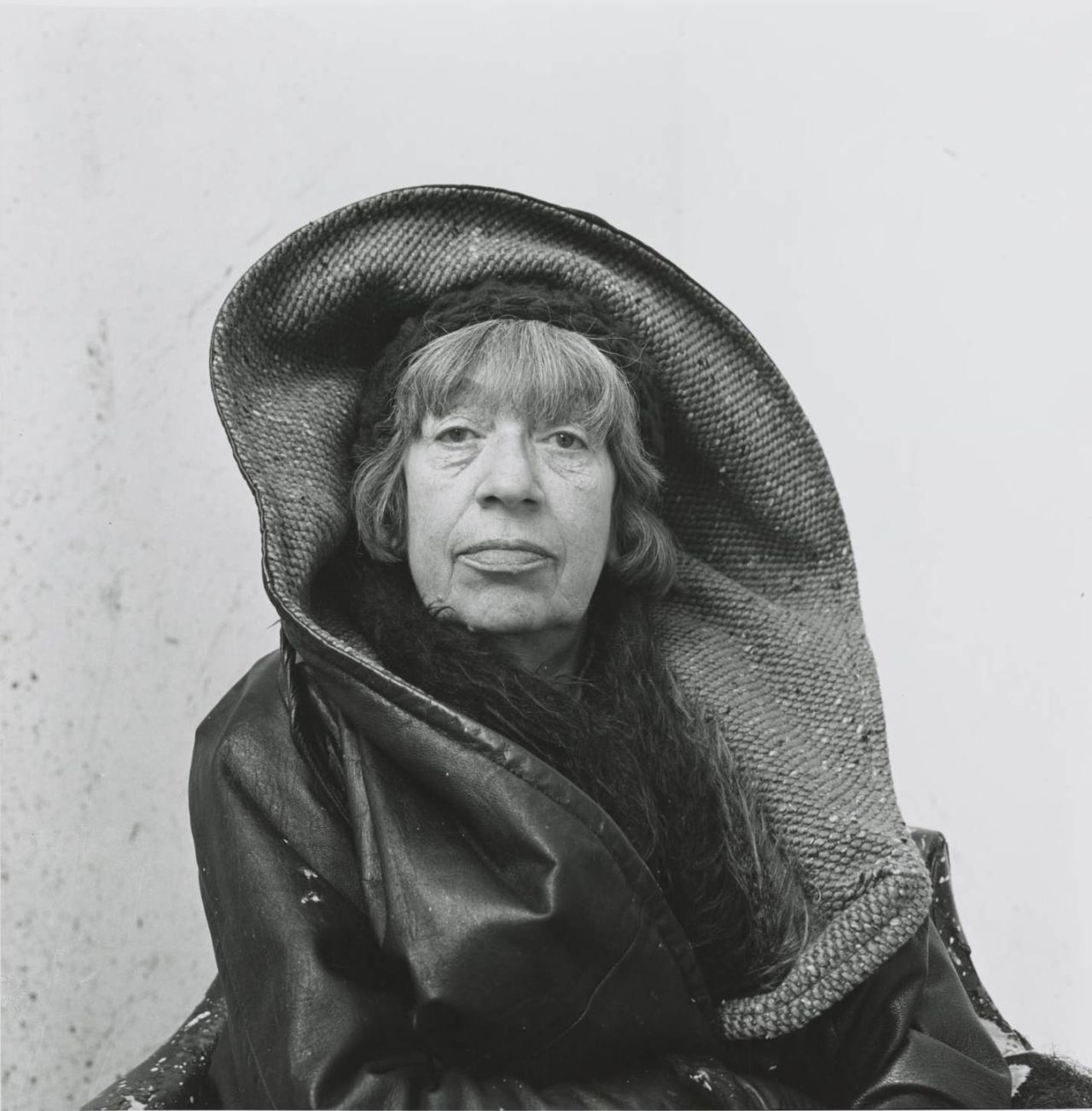
Photograph by Irving Penn Lee Krasner, Springs, NY, 1972 © The Irving Penn Foundation.
Lee Krasner: Living Colour, opening at Barbican in May 2019, will be a rare chance to experience the sheer impact of her work.
The first retrospective of Krasner’s work in Europe for over 50 years, the exhibition will feature nearly 100 works - many on show in the UK for the first time – from across her 50-year career, celebrating a formidable artist with a spirit for invention.
Krasner revised her style and technique multiple times over the course of her career, and this artistic versatility will be showcased through her striking early self-portraits, her energetic charcoal life drawings, original photographs of her proposed department store window displays, designed during the war effort; and her acclaimed ‘Little Image’ paintings from the 1940s with their tightly controlled geometries. The exhibition will also feature her collages, comprised of torn-up earlier work and a selection of her most impressive large-scale abstract paintings.
Born in Brooklyn in 1908 in a family recently emigrated from Russia, she chose to attend Washington Irving High School (which at the time was the only school in New York to offer an art course for girls) before going on to study at the National Academy of Design. She was inspired by the opening of MoMA in 1929; joined the Hans Hofmann School of Fine Arts; was a member of the American Abstract Artists, and became a friend to many leading artists of the day including Willem de Kooning and Franz Kline.
In 1945, Krasner married Jackson Pollock and they moved to Springs, Long Island, borrowing $2000 from collector and dealer Peggy Guggenheim to buy a run-down clapboard farmhouse. Krasner worked in the living room and then an upstairs bedroom – intimate make-shift studio spaces, which are mirrored in the Barbican Art Gallery’s upstairs rooms – while Pollock worked in a converted barn outside.
After Pollock’s early death in a car crash in 1956, Krasner made the courageous decision to claim his studio as her own, which allowed her to work for the first time on large, un-stretched canvas tacked to the wall. The result would be the remarkable ‘Umber’ and ‘Primary’ series paintings, in which her exploration of scale, biomorphic form and colour collided into some of her most celebrated work. Examples on show include The Guardian, 1960; Happy Lady, 1963; Icarus, 1964; and Siren, 1966.
Lee Krasner: Living Colour will be on show at Barbican Art Gallery, from 30 May to 1 September 2019.
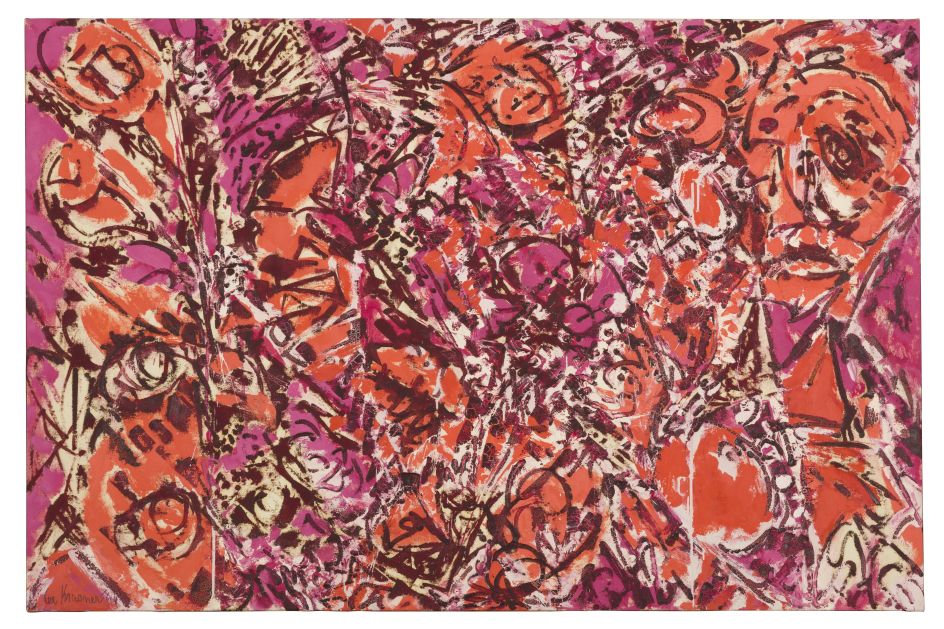
Icarus (1964), Thomson Family Collection, New York City. © The Pollock-Krasner Foundation, courtesy Kasmin Gallery, New York. Photo: Diego Flores.
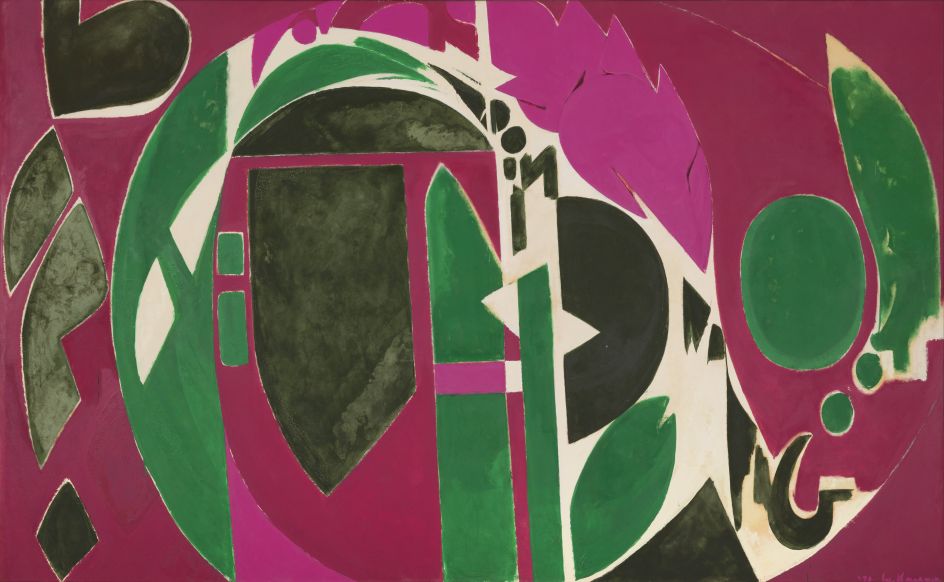
Palingenesis (1971), Collection Pollock-Krasner Foundation. © The Pollock-Krasner Foundation, courtesy Kasmin Gallery, New York.
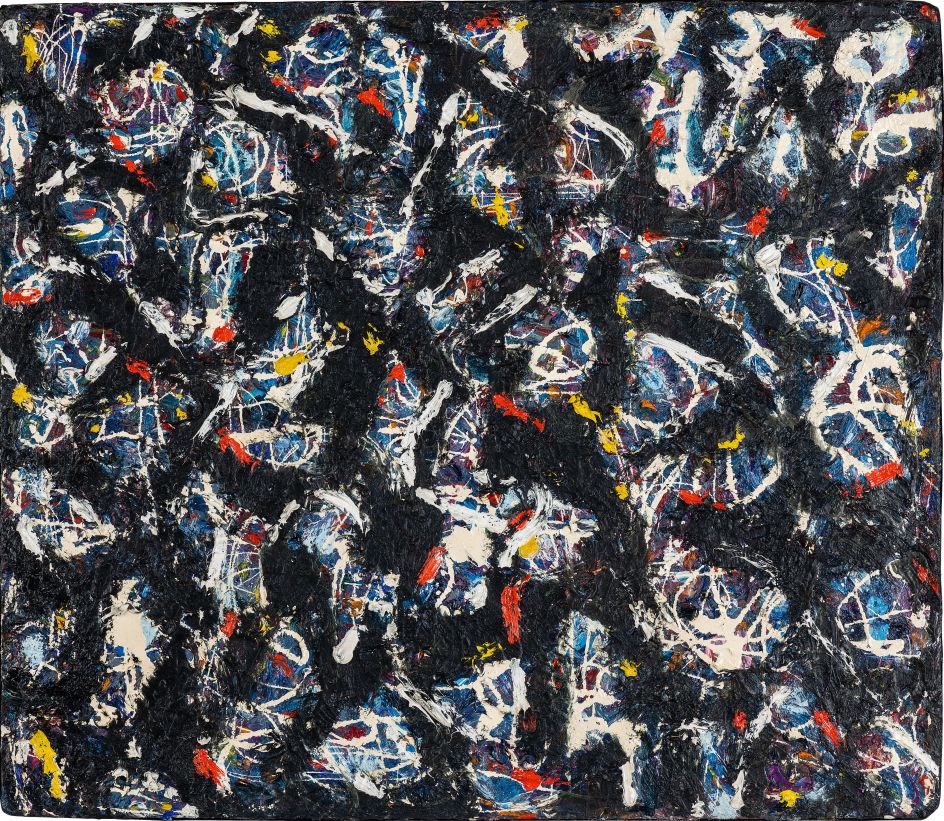
Abstract No. 2 (1947), IVAM Centre, Spain. © The Pollock-Krasner Foundation. Photo provided by IVAM.
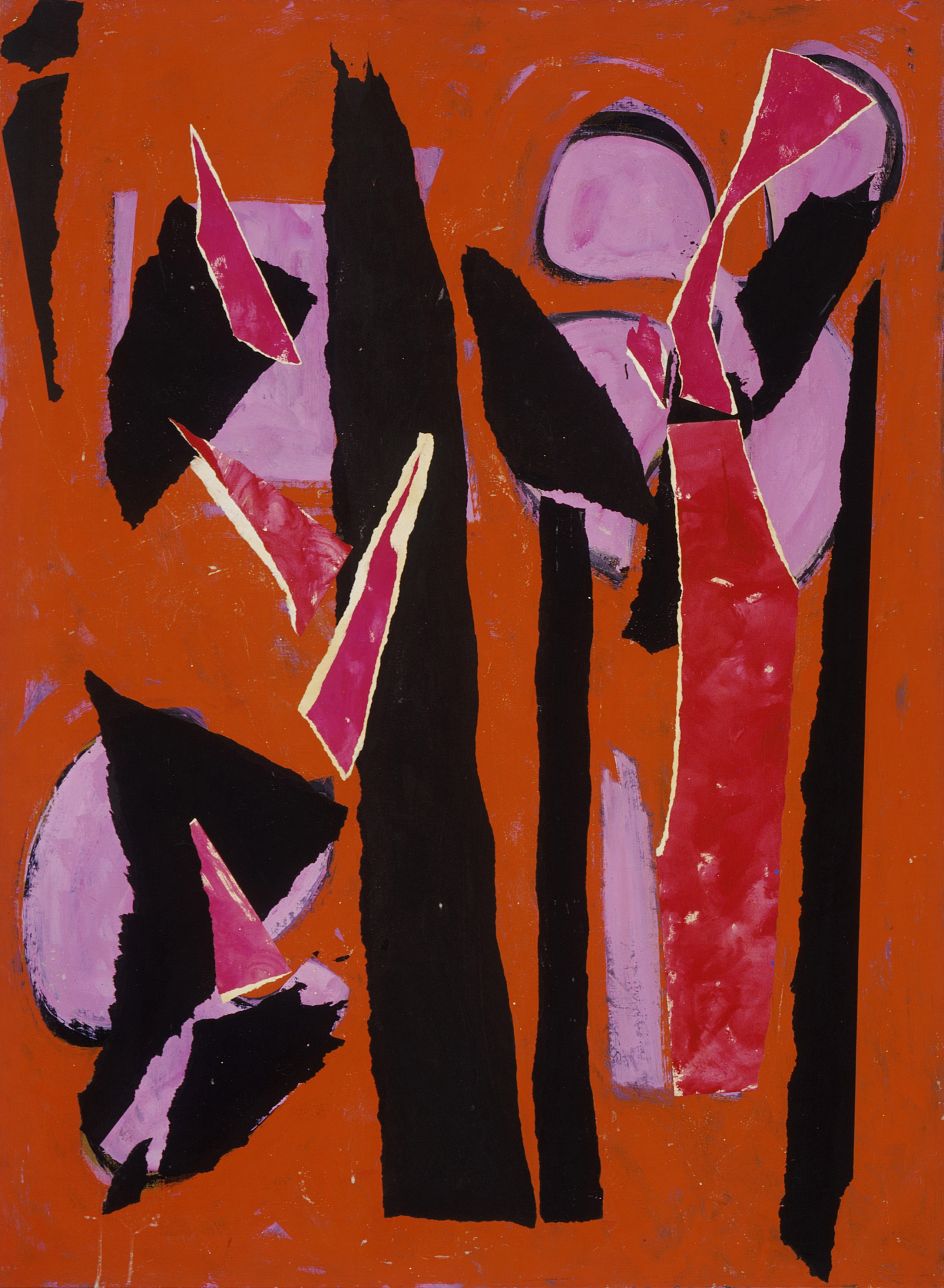
Desert Moon (1955), Los Angeles County Museum of Art. © The Pollock-Krasner Foundation © 2018. Digital Image Museum Associates/ LACMA/Art Resource NY/ Scala, Florence.
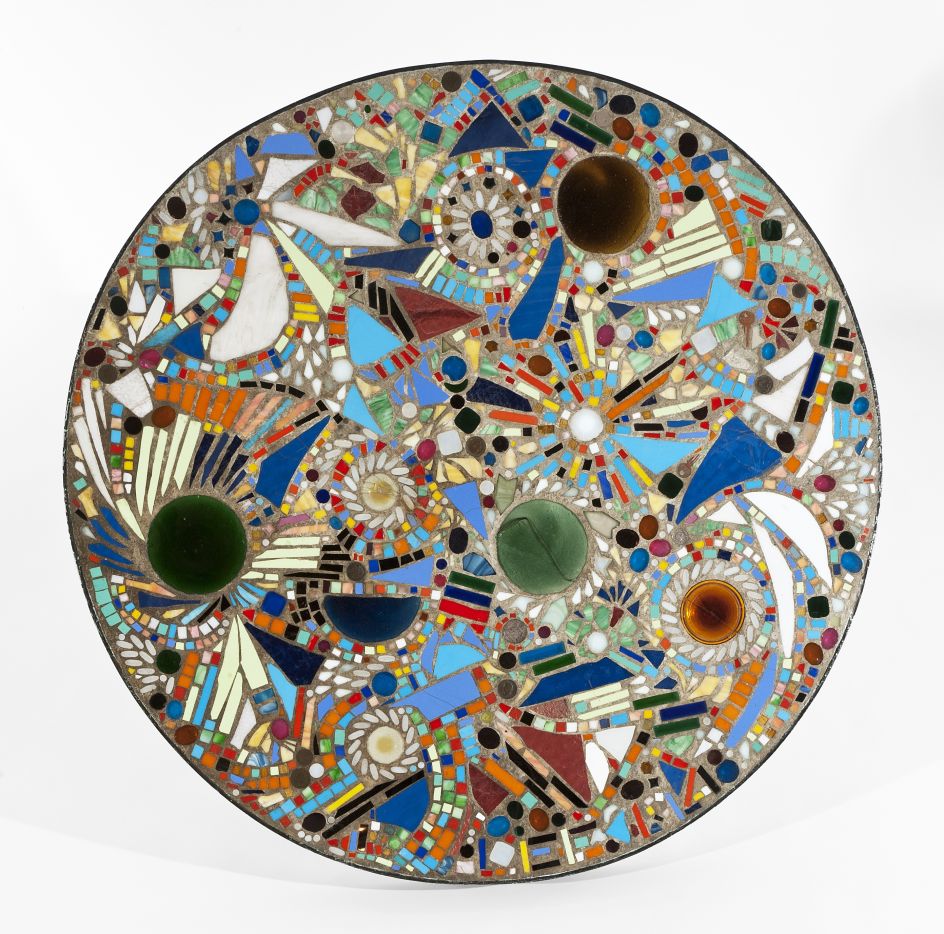
Mosaic Table (1947), Private Collection. © The Pollock-Krasner Foundation, photograph courtesy of Michael Rosenfeld Gallery LLC, New York, NY.




 by Tüpokompanii](https://www.creativeboom.com/upload/articles/58/58684538770fb5b428dc1882f7a732f153500153_732.jpg)


 using <a href="https://www.ohnotype.co/fonts/obviously" target="_blank">Obviously</a> by Oh No Type Co., Art Director, Brand & Creative—Spotify](https://www.creativeboom.com/upload/articles/6e/6ed31eddc26fa563f213fc76d6993dab9231ffe4_732.jpg)








